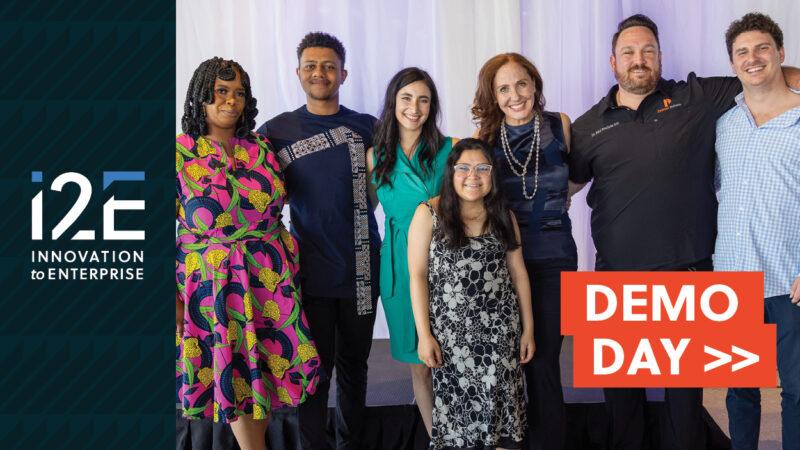Innovations: Ardmore firm puts new light on sensor manufacturing process
By Jim Stafford
Copyright © 2016, The Oklahoma Publishing Company
ARDMORE — One morning about five years ago I walked onto the laboratory floor at Ardmore’s Amethyst Research Inc. and stopped in my tracks. Directly in front of me was a giant ion beam accelerator.
I didn’t know what it was, but all I could think of was the movie, “Honey, I Shrunk the Kids.” The particle accelerator looked exactly like what Rick Moranis used to accidentally shrink his children to the size of ants in the popular 1989 movie.
Amethyst co-founder and CEO Terry Golding explained to me how the company used the ion beam accelerator. Shrinking people was not part of the equation.
“Our mission is the development of ultra-high performance infrared detectors,” Golding said. “We employ about 22 people, with 12 Ph.D. level scientists.”
Amethyst Research uses the accelerator to ensure the effectiveness of its chemical process that improves the performance of silicon wafers used in expensive infrared sensors. The sensors are critical components in night-vision goggles, missile guidance systems and other low-light imaging equipment used by the military and law enforcement.
Co-founded in 2004 by Golding and the late Gary Schmidt, Amethyst Research established its headquarters in this southern Oklahoma community after the Ardmore Development Authority provided incubator space in the Southern Oklahoma Technology Center.
“We decided to locate in Oklahoma because of the attitude of the state toward high tech research and development,” Golding said. “i2E and the Oklahoma Center for the Advancement of Science and Technology (OCAST) also played pivotal roles in that decision to be in Oklahoma.”
Golding worked for the U.S. Army Night Vision Sensor Directorate before founding Amethyst Research to try to solve a problem that vexed the sensor industry. Growing large array wafers for sensor use is error prone, with a success rate of only 5 to 10 percent.
The company’s hydrogenation process and ion beam characterization improved the success rate considerably and attracted state and federal research dollars from OCAST, the National Science Foundation, the Defense Advanced Research Projects Agency and every branch of the Defense Department.
“The Oklahoma money we’ve had has been instrumental in securing over 13 SBIR (Small Business Innovation Research) programs that are currently active,” Golding said. “It’s been remarkable. I’m proud that we have been able to bring the federal money into Oklahoma, because that lets us stay ahead of the field in the manufacturing of these devices.”
Amethyst Research has now taken the next commercialization step and expanded its capabilities into manufacturing gas detection sensors for the energy, weather and environmental industries.
The ion beam accelerator is still in operation at its 10,000 square foot headquarters just west of Ardmore in Lone Grove, but has now been joined by an equally imposing machine known as a molecular beam epitaxy system.
“The gas detection sensor development is great news,” Golding said. “We have programs with NASA, with the Department of Energy, with NOAA, with the Environmental Protection Agency. The sensors are used to detect methane and carbon dioxide in monitoring pollution, drilling, and carbon sequestration.”
Amethyst Research expanded its business model after participating in i2E’s Proof of Concept Center program (which has evolved into the Venture Assessment Program).
“We had our guys take this business course and dig down on what we could do,” Golding said. “We identified this gas sensing market as a very big area that we ought to get into. We did, and it’s paid off in spades.”
Today, Amethyst Research is working in three areas — infrared technologies, gas detection and analytical services. Using its ion beam accelerator, the company can detect atomic carbon types in shale for the energy industry and also contribute to forensics investigations.
“I’m very happy about the way we’ve translated the military technology into commercial markets,” Golding said. “The military wants to see that, because they want to see everyone benefit. That’s the takeaway from all of this. We can’t thank the Ardmore community and the state enough.”
Read the full story at The Oklahoman.
Jim Stafford writes about Oklahoma innovation and research and development topics on behalf of the Oklahoma Center for the Advancement of Science & Technology.








